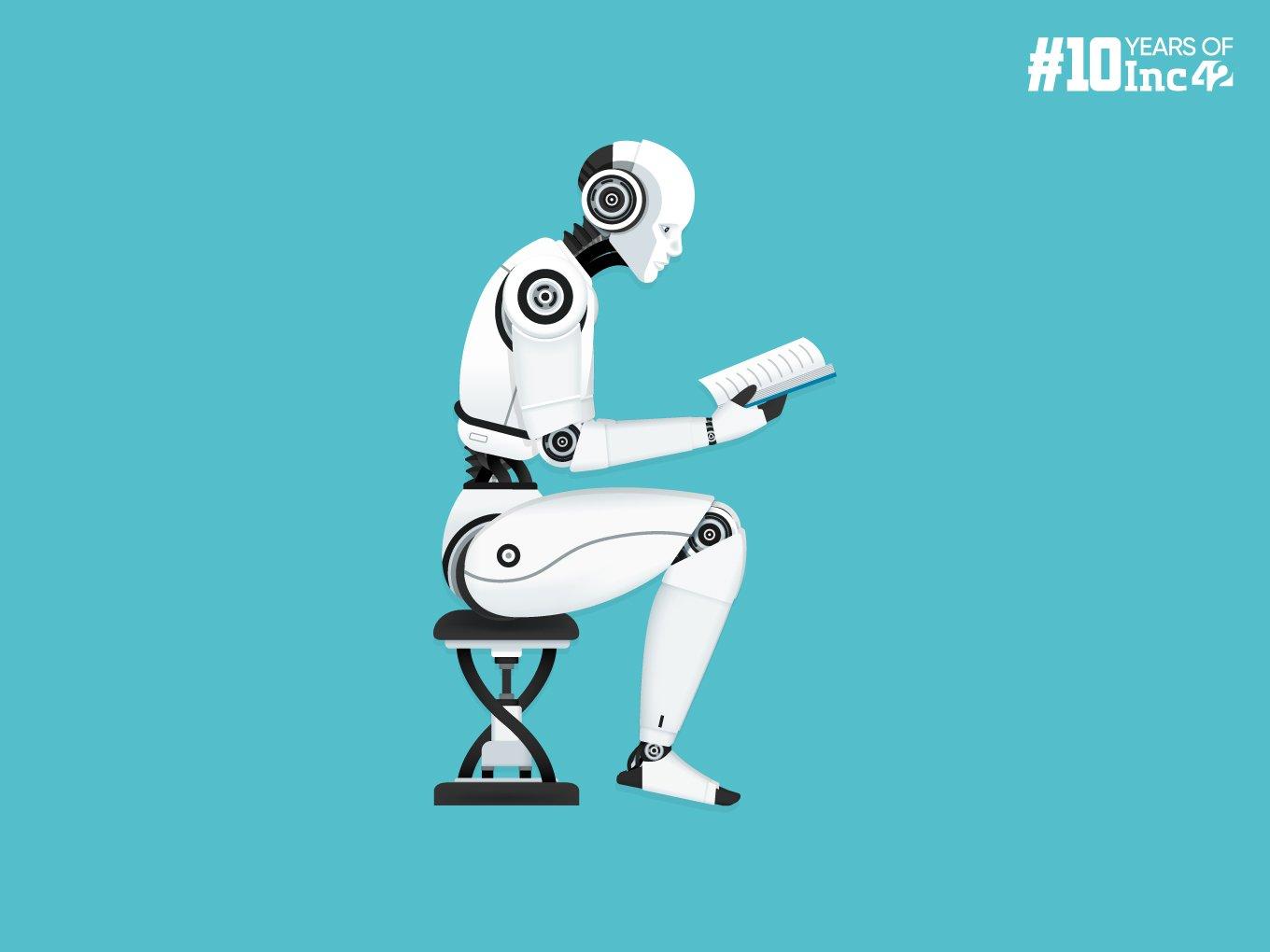What Is Reinforcement Learning?
Reinforcement learning is a subfield of machine learning concerned with how an intelligent agent can learn through trial and error to make optimal decisions in its environment. Reinforcement learning agents learn by receiving positive or negative feedback (rewards or punishments) for their actions, aiming to maximise their long-term rewards.
What Are The Types Of Reinforcement Learning?
There are several ways to categorise different types of reinforcement learning, but two main approaches focus on how the agent interacts with the environment and learns:
- Model-Based Vs. Model-Free:
-
- Model-Based Reinforcement Learning: This approach involves the agent building an internal model of the environment based on its experiences. It then uses this model to plan and choose actions that will maximise its future rewards. This method can be computationally expensive and ineffective in complex or rapidly changing environments.
- Model-Free Reinforcement Learning: This approach doesn’t build a model, instead, it directly learns the value of taking actions in different states or learns the best policy for each state. This is more efficient but requires extensive trial and error learning.
- Other Classifications: Within these two main categories, there are further classifications based on various factors:
-
- Policy-Based Vs. Value-Based:
- Policy-Based: These methods directly learn the policy (mapping from states to actions) that maximises the rewards.
- Value-Based: These methods learn the value of being in a particular state or taking a particular action, then use this information to choose the best action.
- Policy-Based Vs. Value-Based:
-
- On-Policy Vs. Off-Policy:
- On-Policy: These methods learn from the data generated by the current policy only.
- Off-Policy: These methods can learn from data generated by different policies, which can be more efficient and allow for faster learning.
- On-Policy Vs. Off-Policy:
-
- Direct Vs. Indirect Reinforcement Learning:
- Direct: The agent receives rewards directly from the environment.
- Indirect: The agent receives rewards or feedback from another agent or system.
- Direct Vs. Indirect Reinforcement Learning:
Here are some additional types of reinforcement learning that fall outside these categories:
- Deep Reinforcement Learning: Utilises deep neural networks to learn complex policies and value functions.
- Multi-Agent Reinforcement Learning: Deals with agents interacting with each other and learning strategies based on their combined experiences.
- Hierarchical Reinforcement Learning: Decomposes complex tasks into subtasks, making learning more efficient.
How Is Reinforcement Learning Used In Machine Learning?
It plays a significant role in machine learning (ML) by offering a unique approach to teaching machines through a trial-and-error process and feedback mechanism. The following are the ways this technique works within machine learning:
- Expanding Beyond Supervised Learning: While supervised learning relies on labelled data, this technique enables machines to learn in more dynamic and unstructured environments where explicit instructions are absent. This opens doors for tackling problems where labelling data is costly or impractical.
- Learning Complex Tasks: It excels at mastering intricate tasks like game playing, robot control, and navigation. Through reward-based feedback, agents can develop effective strategies and adapt to unforeseen situations, demonstrating human-like decision-making in complex domains.
- Personalisation & Optimisation: The algorithms using this technique can personalise systems and applications by learning individual preferences or optimising processes based on real-time feedback. This leads to tailored recommendations, dynamic resource allocation, and improved efficiency in various settings.
- Collaboration With Other Learning Paradigms: It often combines with other machine learning techniques. Integrating this machine learning technique with supervised learning can leverage labelled data for initial learning, while deep learning allows for efficient representation of complex environments.
What Are The Advantages & Disadvantages Of Reinforcement Learning?
Advantages
- Learning without explicit instructions: Unlike supervised learning, which requires labelled data, reinforcement learning agents can learn autonomously by interacting with their environment and receiving feedback. This is especially useful when labelling data is expensive or impractical.
- Mastering Complex Tasks: Reinforcement learning agents excel at learning complex tasks with many steps and variables, such as playing games, controlling robots, and navigating challenging environments. They can adapt to situations they haven’t encountered before and make decisions based on their current understanding.
- Adaptability & Robustness: Reinforcement learning agents can learn and adapt in dynamic environments where data and goals may change. This makes them more flexible and robust than traditional algorithms that rely on static data.
- Continuous Learning: Reinforcement learning agents can continuously learn and improve even after initial training. They can use new experiences to refine their policies and adjust to changing situations.
Disadvantages
- Sample Complexity: Learning through trial-and-error can be slow and requires a large amount of data, especially in complex environments. This can be a challenge for real-world applications with limited data or computational resources.
- Black Box Nature: Understanding how its agents learn and make decisions can be difficult, as their internal policies and value functions may be complex. This can raise concerns about explainability and control.
- Safety concerns: In tasks with real-world consequences, ensuring the safety of reinforcement learning agents and their actions is crucial. This requires careful design, testing, and mitigation strategies to prevent accidents or harmful outcomes.
- Reward Function Engineering: The reward function, which defines what the agent considers ‘good’ and ‘bad’, is critical for successful learning. Designing the right reward function can be complex and may require significant domain expertise.
What Are Some Examples Of Reinforcement Learning?
While it is being used across various domains within machine learning and its adjacent fields, here are some of the more fascinating examples of reinforcement learning in action:
- AlphaGo: This AI program famously defeated the world champion Go player, Lee Sedol, by learning through self-play and trial-and-error.
- OpenAI Five: This team of AI agents learned to play Dota 2 at a superhuman level by competing against itself millions of times.
- Boston Dynamics Spot: This agile robot can navigate challenging terrain and perform tasks like opening doors and climbing stairs, thanks to advanced reinforcement learning algorithms.








